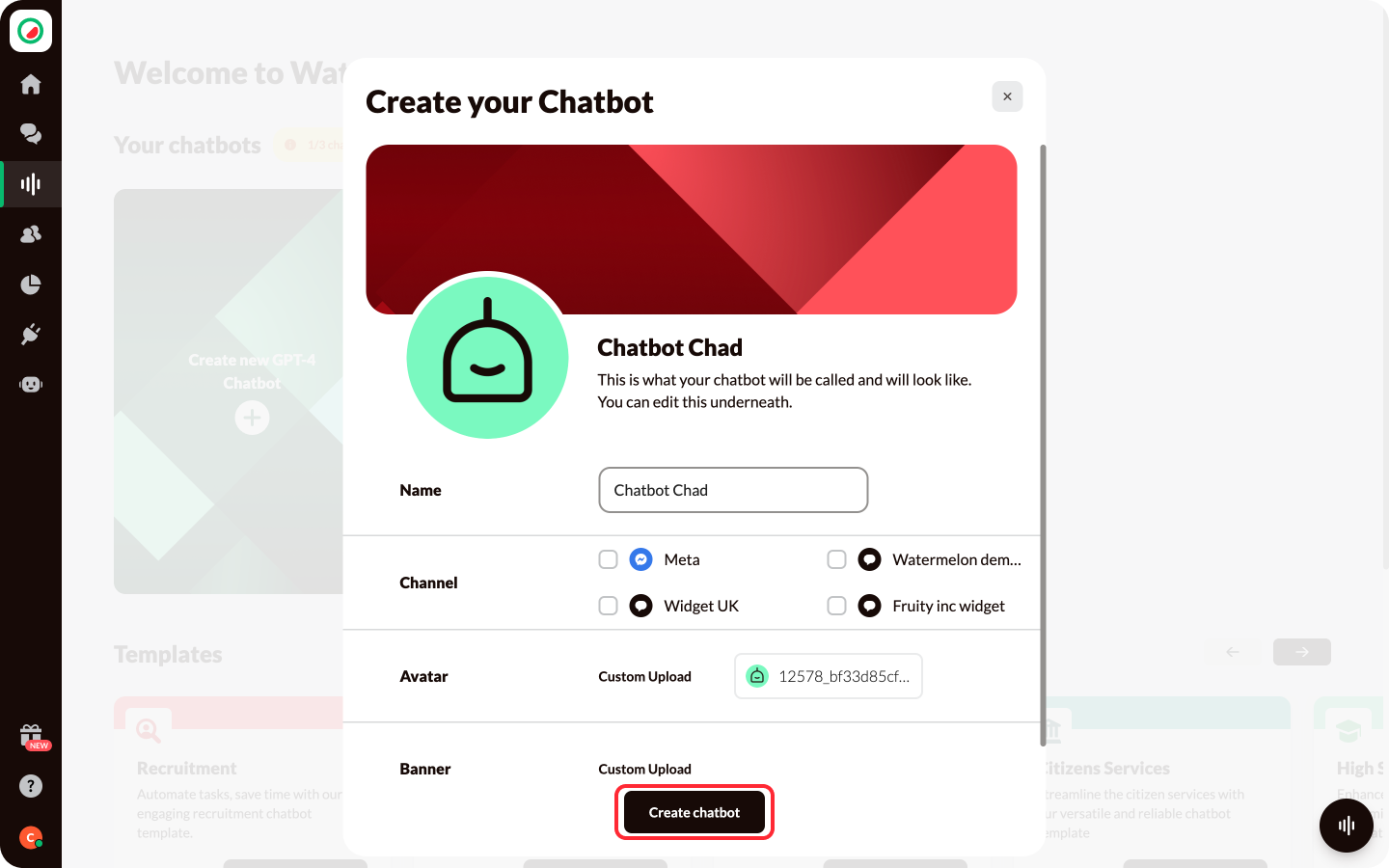Watermelon guide
Start here
Learn all about building AI Agents and become an AI expert.
Begin here
Introduction
With Pulse, you can quickly launch a smart virtual colleague in the form of an AI Agent. This guide takes you through the process of building your Pulse AI Agent, from start to activation, and beyond activation, to further optimize the AI Agent.
Preparation
Before diving into building, it's wise to determine the role your AI Agent will play within your organization and the exact scope of your AI Agent. Think of the scope as a compass that guides the route. It indicates what you want the AI Agent to answer and which processes and tasks you want the AI Agent to automate. Ask yourself questions like 'What questions should my AI Agent be able to answer?' and 'Where should my AI Agent not delve too deeply?' By thinking about this in advance, you can focus on implementing valuable knowledge during the building process of your AI Agent, resulting in more efficient development and an improved experience for the users of the AI Agent.

The technology
Pulse utilizes OpenAI's language models: GPT 3.5 and GPT 4o. Two key components of this AI are Natural Language Understanding (NLU) and Natural Language Generation (NLG). NLU helps the AI Agent understand what people are saying by analyzing sentences and determining their meaning. NLG ensures that the AI Agent can provide human-like responses by converting the gathered information into understandable language. Because an AI Agent based on GPT-5 is an advanced model, each response will be slightly phrased differently. This is because the model has a lot of knowledge and can apply variation in how it formulates responses. This makes conversations with the AI Agent more natural and enjoyable!